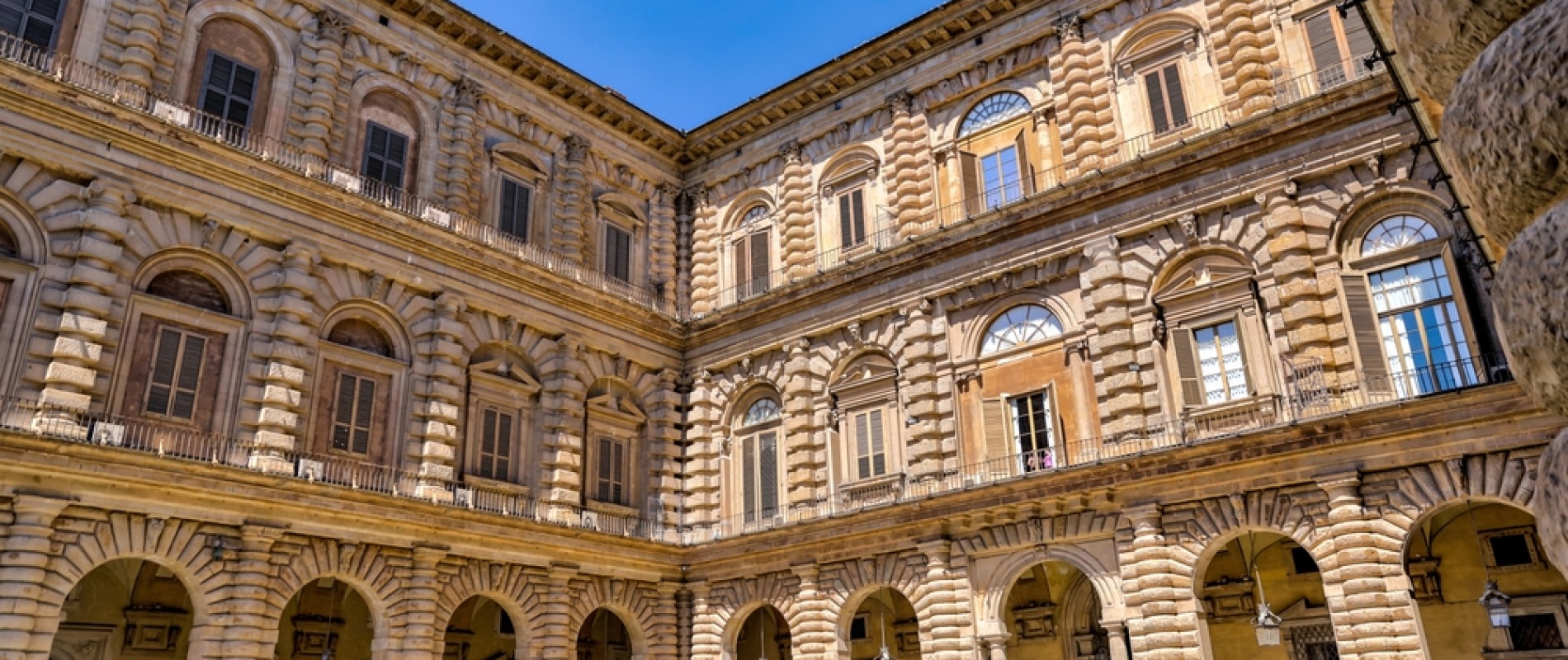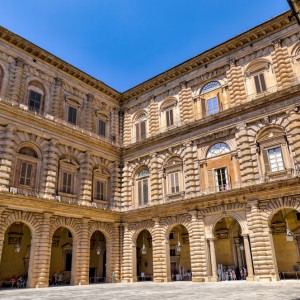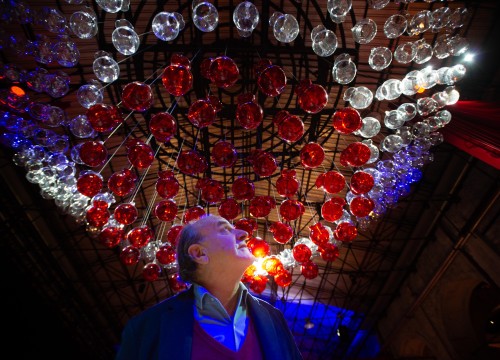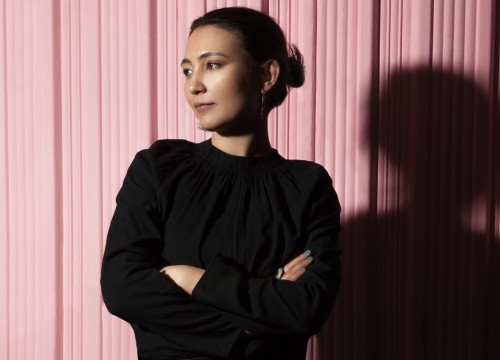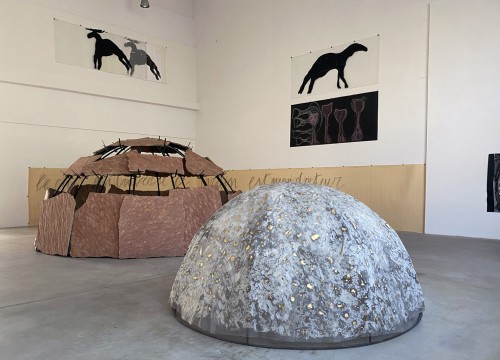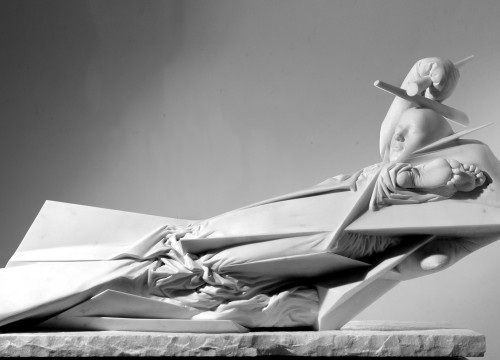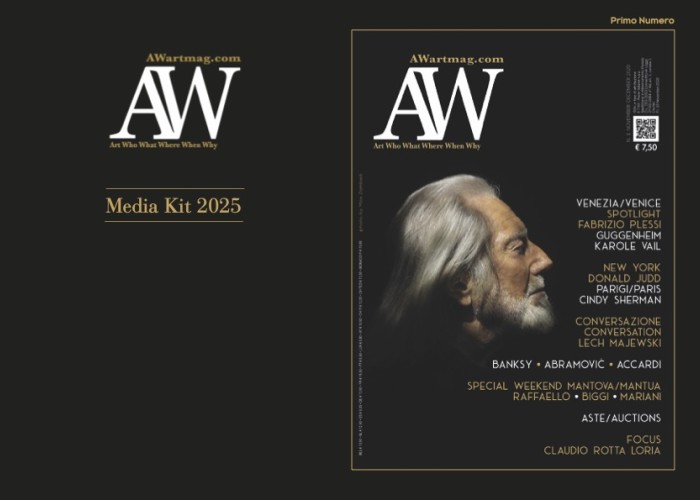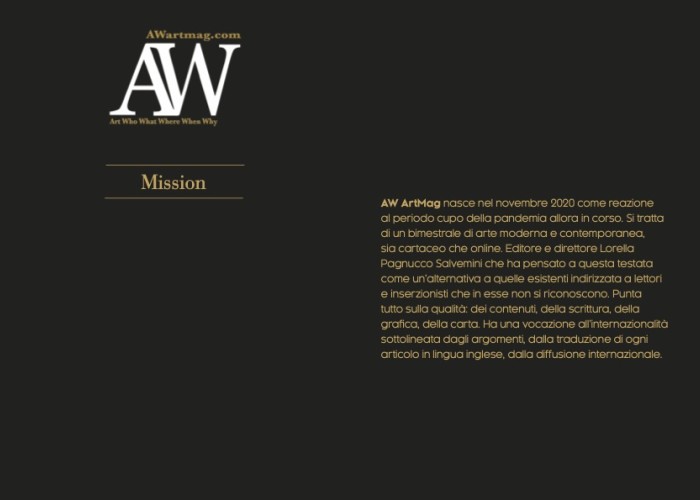On display a collection of 60 garments and accessories ranging from the 18th century to the 2000s
We find the creations of Mario Fortuny for Eleonora Duse and those of Emilio Schubert for the divas of the 50s
In addition to the clothes we see paintings from the Uffizi of artists such as Boldini, Burri and Cagli
As Roland Barthes says " society shows off and communicates what it thinks of the world through fashion "
After more than four years of closure, the Museum of Fashion and Costume in Palazzo Pitti in Florence reopens with a renewed path that goes from the 18th century to the early 2000s. Eight new rooms complete the exhibition of the permanent collection, organized according to historical and chronological criteria, which counts about 60 garments and as many accessories. In the recently opened spaces alternate robes à la française, empire style dresses and precious nineteenth-century silk satin wedding dresses such as that of Charles Frederick Worth, considered the inventor of haute couture. Among the evening outfits stands out the creation of Catherine Donovan, famous couturière from New York, next to the painting Signora in bianco by Giovanni Boldini. And still the house dress of Jacques Doucet, made for Franca Florio, an icon of style and the protagonist of the Italian belle époque, presented with the sculpture by Enrico Minerbi, to seal a deep bond between two worlds that have always been alike. Then, sophisticated early '900’s garments, made on the wave of the new liberation of the female body, reinterpreted by the tubular forms of Mariano Fortuny for Eleonora Duse.
The royal luxury of Emilio Schubert, the couturier of the divas in the 50s, the geometric extravagances of Gianni Versace in the early 80s, and the allure of Gianfranco Ferré’s collection for Dior in the 90s. A journey through the evolution of costume intrinsically connected to art: clothes, shoes, bags and hats are enhanced by a selection of paintings from the Uffizi Galleries. From Carle Vanloo to Edoardo Gelli, to the great protagonists of the Italian avant-garde Corrado Cagli and Alberto Burri are linked, through their works, to creations that tell the change in style over time. Fashion becomes an expression of a social evolution through a multitude of transient and fleeting elements, but also significant and tangible, revealing itself to be anything but futile and secondary: this is the theme analyzed by Roland Barthes in '67 in his book "Fashion System", in which the importance of the multiform semantic universe of clothing emerges. A thorough reflection on the value of language and symbols that make a dress desirable: a simple garment is transformed into a coveted object through verbal and iconic forms of representation. The royal dress, burdened by practical purposes - protection, modesty, ornament - is transformed into a dress represented by image and text, losing its original purpose. Usefulness and meaning: the primacy of verbal over visual is thus defined. As the author recalls, "through fashion society shows itself and communicates what it thinks of the world".

